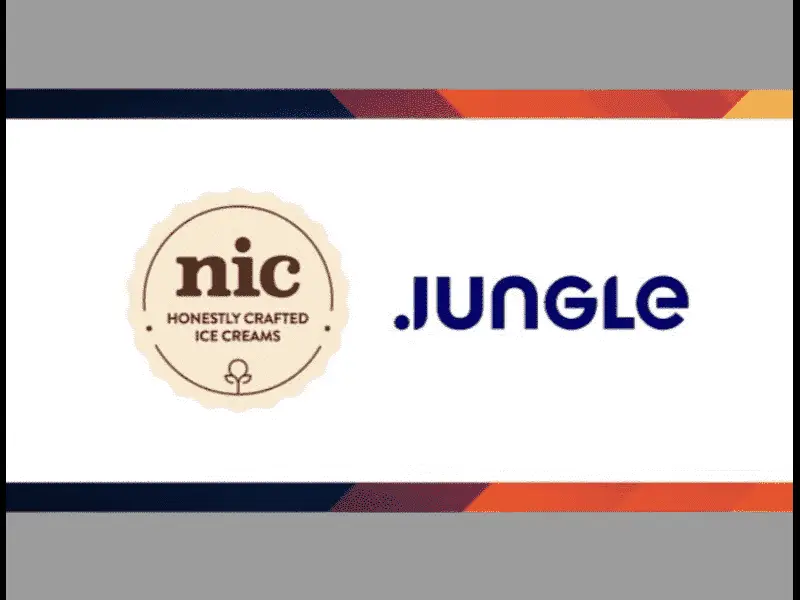Pune-based Walko Food, known for its creamy NIC and Cream Pot brands, has whipped up a refreshing $20 million growth funding from Singapore’s Jungle Ventures. This marks Jungle’s second investment in Walko within a year, solidifying their belief in the company’s potential to become a major player in the rapidly churning Indian ice cream industry.
Flavorful Expansion on the Menu:
- Product Portfolio Expansion: Walko plans to churn out 15% more new ice cream flavors and formats across existing brands like NIC, Cream Pot, and Yummo within the next year. Exploring frozen yogurt or plant-based ice cream options for health-conscious consumers is also on the table.
- Market Reach Expansion: Aiming to increase its distribution network by 20% and enter 10 new Indian cities within the next 18 months, with a focus on penetrating the mass retail segment. This could potentially reach an additional 5 million customers.
- Operational Efficiency Enhancement: By streamlining production processes and optimizing supply chain management, Walko targets a 10% reduction in operational costs by the end of 2024.
Riding the Ice Cream Wave with Numbers:
- The Indian ice cream market is projected to reach a staggering $8.2 billion by 2026, with a Compound Annual Growth Rate (CAGR) of 14.2%.
- Rising disposable incomes are a key driver, with average household income expected to increase by 12% within the same period.
- Rapid urbanization fuels the demand, with over 300 million people expected to live in cities by 2026, craving convenient and delicious dessert options.
- Evolving consumer preferences are also contributing, with a growing demand for healthier and innovative ice cream choices, like low-sugar and vegan options.
A Sweet Partnership for Sustainable Growth with Figures:
- Jungle Ventures has invested a total of $31 million in Walko Food, showcasing their strong confidence in the company’s future.
- Walko Food’s revenue grew by 32% in FY23, reaching Rs 170 crore. Their NIC brand alone saw a 35% revenue increase.
- Walko Food aims to achieve a 25% increase in market share in the Indian ice cream market within the next five years.
Beyond Scoops: Exploring Additional Sweetness:
- Quick-Service Restaurants (QSRs): Walko Food’s NIC Creameries outlets offer a diversified revenue stream and cater to broader consumer preferences beyond just ice cream. Their QSR business has seen a 20% growth in revenue in FY23.
- Potential Global Expansion: While the current focus is on India, Walko may explore international markets in the future, targeting countries with similar growth trends in the ice cream industry.
The Future Flavors Sweet:
With this substantial funding, strategic roadmap, and focus on innovation, expansion, and operational efficiency, Walko Food is poised to become a major player in the Indian ice cream industry. They aim to capture a bigger slice of the $8.2 billion market, churning out exciting new flavors, reaching more customers, and optimizing their operations for sustainable growth. Their successful partnership with Jungle Ventures and diversification into QSRs add further sweetness to their journey.
Rcent Blog : Yamaha RX100 New Version Reportedly Coming to India
